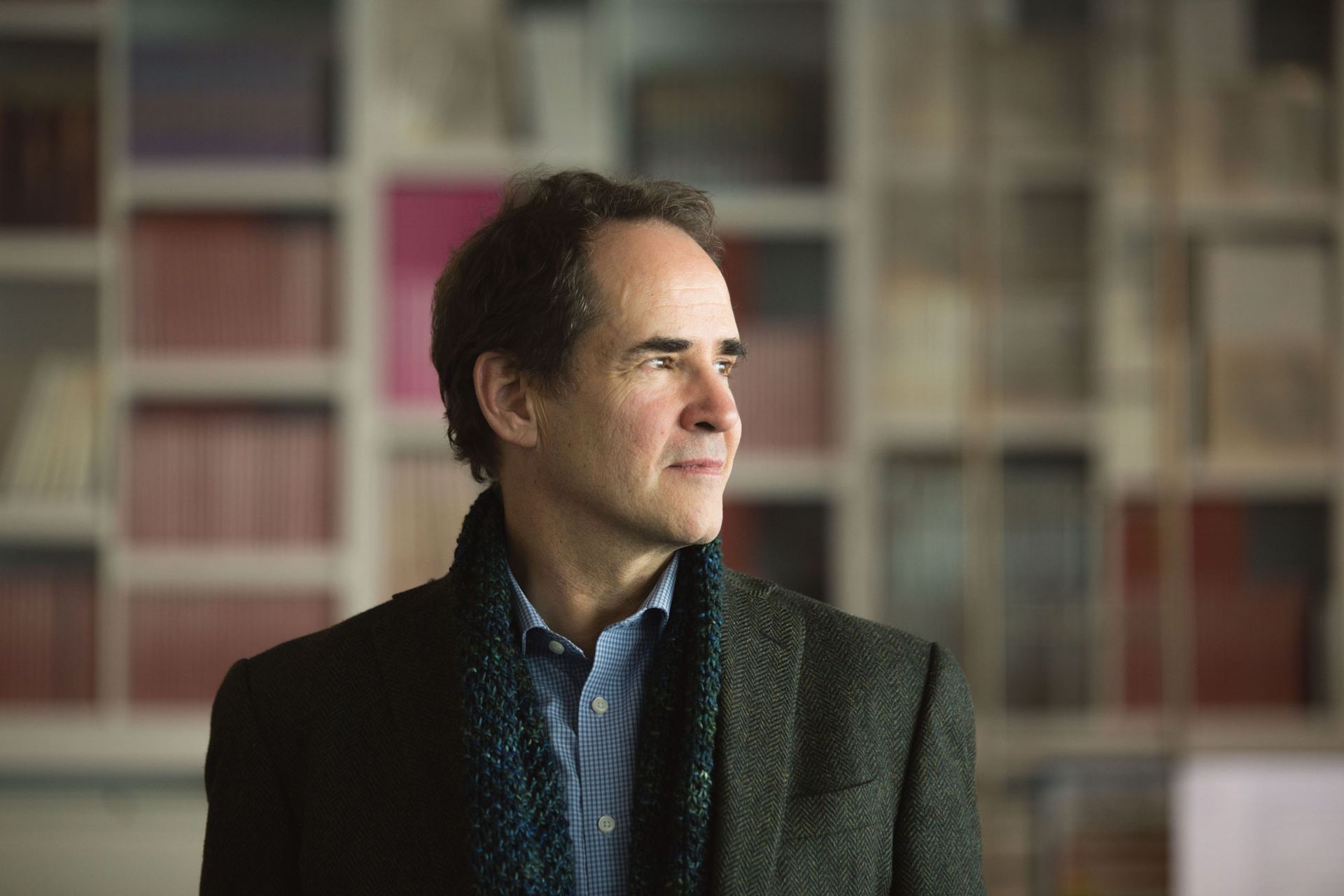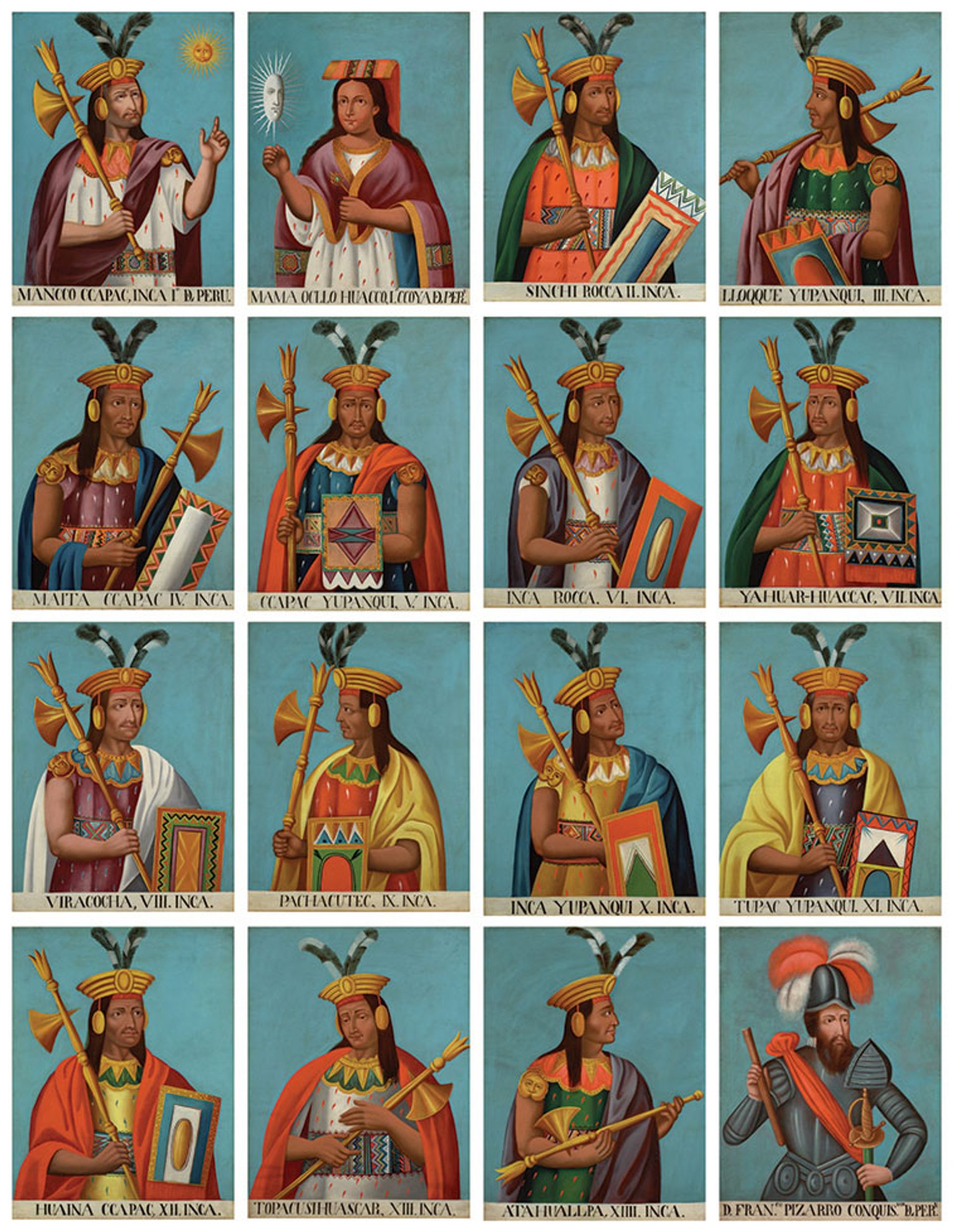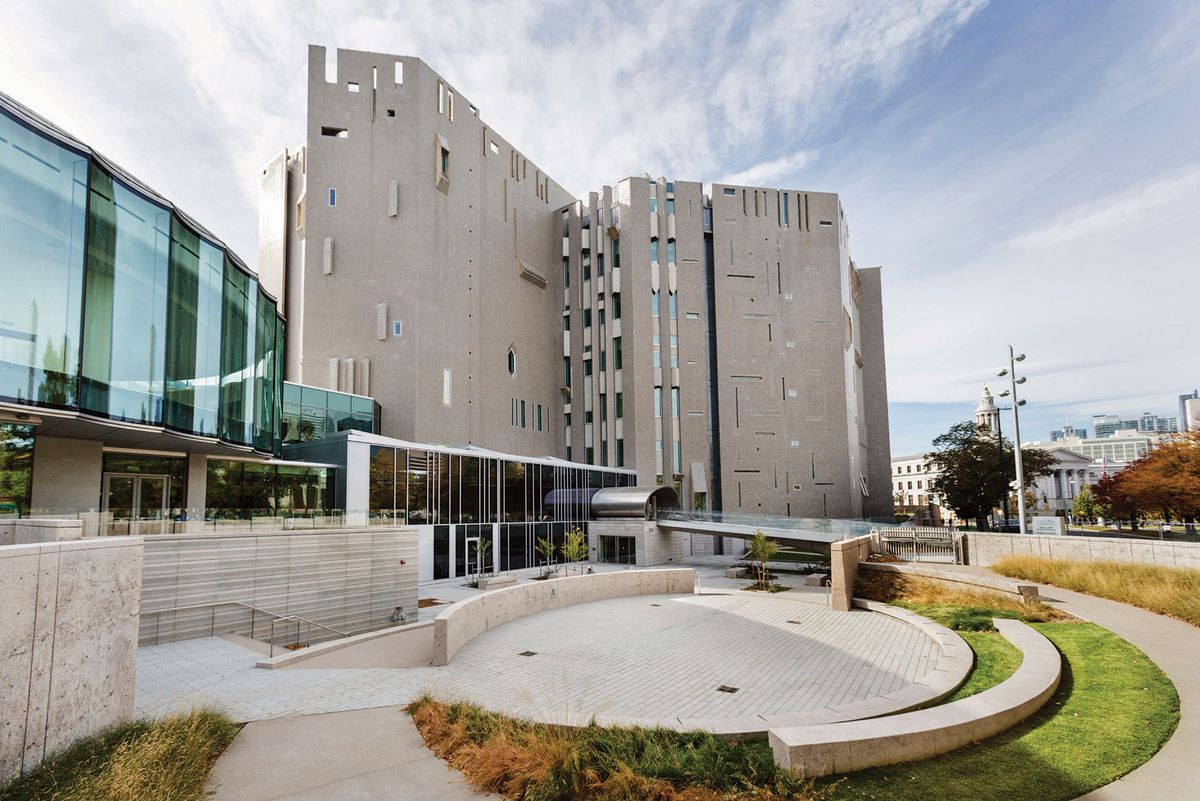The Denver Art Museum’s $150m expansion and unification of its campus, led by Machado Silvetti and Fentress Architects, will be unveiled on 24 October after a four-year, top-to-bottom renovation of the encyclopaedic institution’s historic Gio Ponti-designed building.
Marking the 50th anniversary of the seven-storey structure, the first high-rise museum in the US, the reorganised tower is connected to a striking new elliptical welcome centre that replaces a smaller 1950s pavilion. The centre also connects to a 2006 museum extension created by Daniel Libeskind.
“The welcome centre is the wide-open arms to the community,” says the museum’s director, Christoph Heinrich, who felt that the two existing gallery buildings were previously a little standoffish. “We had the opportunity to make it the museum we need nowadays, and connect with people. This was driving our process.”
The German-born art historian came from the Hamburger Kunsthalle to Denver in 2007 as the curator of modern and contemporary art and took the helm as director in 2010. That year, he remembers standing on an unused terrace on the seventh floor of the Ponti building with spectacular views of the city and mountains. “It was 10,000 square feet of the finest real estate in town and just empty,” says Heinrich, who initiated a feasibility study to build out the top floor. “It started a domino effect.”

Christoph Heinrich, the Jan and Frederick Mayer director of the Denver Art Museum Photo: Adrienne Thomas; courtesy of the Denver Art Museum
All the building systems needed to be upgraded, including adding a new elevator shaft to accommodate swelling crowds in one of the fastest growing cities in the country. (Museum attendance has more than doubled in the last decade to around 900,000 visitors a year.) The original Ponti entrance was now on the wrong side because the Libeskind building, parking garage and plaza had reoriented the museum’s core, kickstarting the idea for the welcome centre. With new infrastructure, permanent collection galleries that had not been touched in 25 years now begged to be rethought from scratch with fresh stories and layouts.
In the broad holdings of Asian art reinstalled on the fifth floor, for instance, Japanese traditional robes are juxtaposed with contemporary fashion by Issey Miyake and Yohji Yamamoto. The third-floor presentation of the museum’s renowned collection of Indigenous arts of North America foregrounds contemporary voices and their connections with traditions across time. “We’re talking here not about extinguished cultures but about living traditions and artists,” Heinrich says, “a very important statement we’ve never made stronger than now.”
Latin connections
The museum’s growing collection of Western American art, strongly supported by local patrons, is now consolidated in expanded galleries on the seventh floor, with two new public terraces bridged by a coffee bar. The architects also carved out an additional 10,000 sq. ft of gallery space by splitting a double-height gallery on the ground floor into two single-height ones.
In the upper space, the architecture and design collection, strong in 20th-century objects, gets a major upgrade and includes an inaugural show about Ponti’s design impact. The lower gallery is dedicated to special exhibitions drawn from the collection, starting with ReVisión: Art in the Americas.

A series of 19th-century portraits of Inca rulers, part of the new exhibition ReVisión: Art in the Americas Courtesy of the Denver Art Museum
“ReVisión is a show where, for the first time, we connect our Pre-Columbian with our Spanish Colonial and our modern Latin American collection, to draw a more holistic picture of Latin American art,” Heinrich says. Those nationally recognised collections also have permanent galleries on the fourth floor.
The museum has gained more than 33,000 sq. ft across its campus, including a grand community space on the second floor of the welcome centre that can host events with more than 1,000 people. This rotunda, sheathed in 25ft floor-to-ceiling curved glass sheets, has a restaurant and coffee shop on the ground floor below and a new conservation centre on the lower level. The education centre, previously tucked away in the basement, is now on the first floor of the Ponti building, front and centre.
“If you had told me I’d be doing a $175m campaign, I’m not quite sure I would have said yes to that job,” says Heinrich, who has raised the entirety, including $25m for the endowment. (The museum’s annual operating budget has grown from about $17m to $35m during his tenure.) “To come to this country, to collectors, to donors who really want to see their city shine, has been incredibly energising.”


